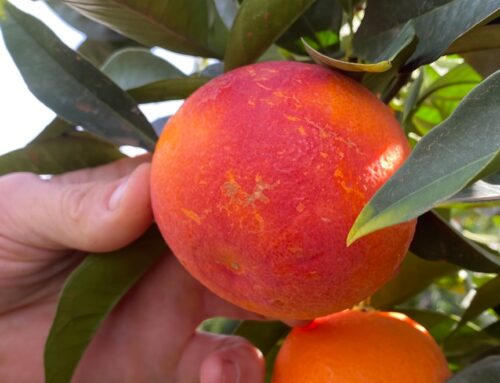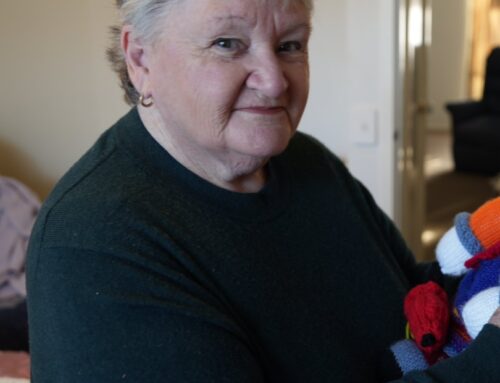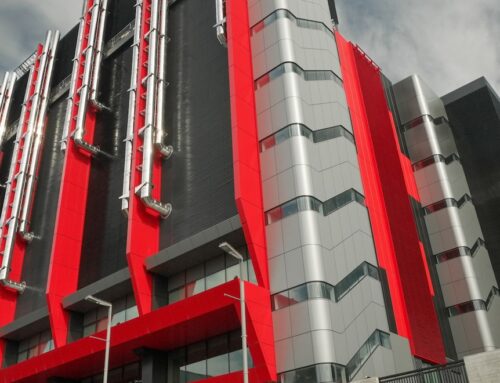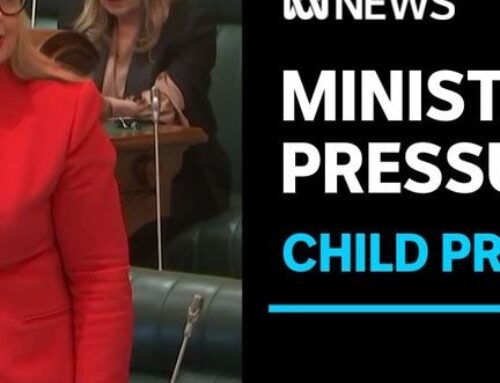Since the pandemic began, state border closures have been a moveable feast as COVID-19 outbreaks have heated up and simmered down across the country.
Monday saw three local cases recorded in Greater Sydney, while Greater Brisbane’s three-day snap lockdown to stop the spread of the UK COVID-19 variant will be lifted at 6:00pm local time.
Following this, several states and territories have changed their border measures, with some downgrading Greater Brisbane from a COVID-19 hotspot.
However, strict measures remain in place in several states and territories for those who have visited, or are from, Sydney, Melbourne or Brisbane.
Here’s where we’re at.
I want to go to …
Tap through to find out where you can travel to, depending on where you are travelling from:
- New South Wales
- Queensland
- Victoria
- ACT
- Tasmania
- Western Australia
- South Australia
- Northern Territory
New South Wales
NSW’s borders are open to every state and territory except parts of Queensland at the moment.
You cannot visit NSW if you have been to City of Brisbane, City of Ipswich, Lockyer Valley Region, Logan City, Moreton Bay Region, Redland City, Scenic Rim Region or Somerset Region since January 2.
There are no restrictions for moving around within NSW, but the State Government has asked people to avoid non-essential travel to the regions, particularly Greater Sydneysiders.
That’s because most of NSW’s cases are concentrated within the Greater Sydney area, which includes the Blue Mountains, Central Coast and Wollongong.
Queensland
People who have visited a Greater Sydney hotspot within the past two weeks are not allowed to enter Queensland.
Areas include the Blue Mountains, City of Sydney, Central Coast, Wollongong, Parramatta, northern beaches and several more.
Queensland residents returning home from a hotspot have to quarantine for 14 days in government-arranged accommodation at their own expense.
If you have been in Victoria during the past two weeks, you need to get tested once you arrive in Queensland and quarantine at home until you receive a negative test result.
Visitors from other states and territories are free to enter the sunshine state without a border pass or quarantine period.
Victoria
All interstate travellers will require a permit to enter Victoria under new travel rules for the state.
From 6:00pm Monday the permit system will be operational, with travel allowed from “green zones” and “oranges zones”.
Travellers from “orange zones” will be required to be tested within 72 hours of arrival and isolate until they receive a negative result.
Victorian Premier Daniel Andrews has announced a relaxation of the state’s hard border with NSW, moving regional NSW into the orange category.
Travel from a red zone — currently Greater Brisbane and Greater Sydney, including Wollongong and the Blue Mountains — is still banned.
The red zones will be under daily review.
Australian Capital Territory
The ACT has announced people from Greater Brisbane will no longer need to quarantine in the capital.
Those who had come from Greater Brisbane and were undertaking their mandatory quarantine period already were free to go at 2:00pm AEDT on Monday.
It followed a Friday announcement which ordered people who had been in Brisbane since January 2 to self-isolate for 14 days.
Greater Sydneysiders or people who have visited that region are still not permitted to enter the ACT, as the city battles several clusters.
However, returning ACT residents who have been in Greater Sydney can return as long as they undertake a 14-day quarantine period.
All other NSW residents are free to go to the ACT without declaring travel or quarantining.
Tasmania
Tasmania has eased its quarantine requirements for people who arrived in the state from the Greater Brisbane area before last Friday morning.
Health Minister Sarah Courtney said people who arrived in Tasmania prior to 9:00am on Friday, January 8, would no longer need to quarantine as they posed no risk.
People who arrived from the Greater Brisbane area after that time are required to continue to quarantine, with a review due on Wednesday afternoon.
Greater Brisbane remains classified as a high-risk area, with anyone arriving in Tasmania from the region still required to quarantine.
Travellers are not allowed into Tasmania if they have been to several Victorian venues recently, including a Nike store, a Nandos restaurant, a yacht club and a brewing house. The full list is here.
People coming from the Greater Sydney area into Tasmania are also required to quarantine for 14 days, either at a suitable premises or government accommodation.
Western Australia
Western Australia currently has some of the toughest state border rules in the country.
People from Queensland, or who have been there since January 2, are not permitted to enter Western Australia.
Travel from anywhere within Victoria or NSW is not permitted either unless the person is exempt — for example, they are a diplomat or military personnel.
People from the Australian Capital Territory, Northern Territory, South Australia and Tasmania can visit as long as they fill in a form and complete a health screening on arrival.
South Australia
Anyone who wants to go to South Australia has to fill in a form, known as the Cross Border Travel Registration.
However, people who have stopped in Greater Brisbane must enter self-quarantine for 14 days, and be tested on days one, five and 12.
The SA Government says this does not include essential travellers, people escaping domestic violence, people who normally live in South Australia and those relocating to South Australia.
If a person lives within 100 kilometres of the NSW and South Australian border, they’re free to enter South Australia, as long as they haven’t been anywhere else in NSW during the past two weeks.
The Northern Territory
Everyone headed to the Northern Territory is required to fill in an exemption form to enter the Top End.
However, people who have been to a COVID-19 hotspot must go into mandatory supervised quarantine at their own cost ($2,500) upon arrival.
At the moment all the COVID-19 hotspots are located throughout the area of Greater Sydney, including the city of Sydney, Parramatta, the northern beaches and Hornsby, visible on a map here.
On Monday the NT Government revoked its hotspot declaration for Greater Brisbane.
That means people who have been in Queensland’s capital and its surrounds will no longer need to quarantine in NT.
Brisbane was declared a hotspot on Friday after a quarantine hotel worker tested positive for the more contagious UK strain of coronavirus.





